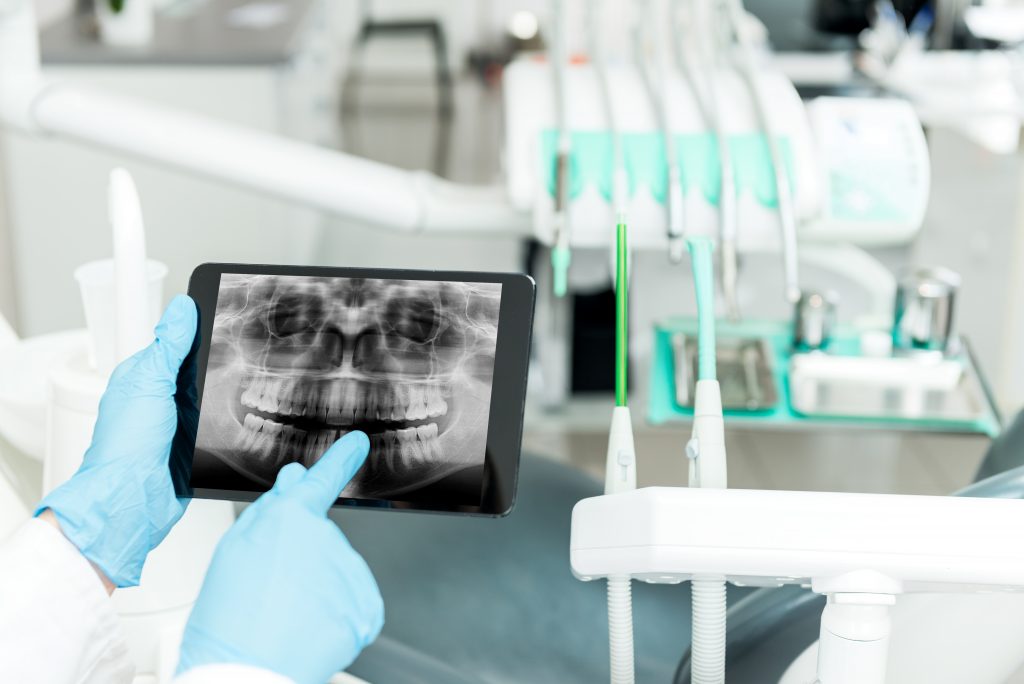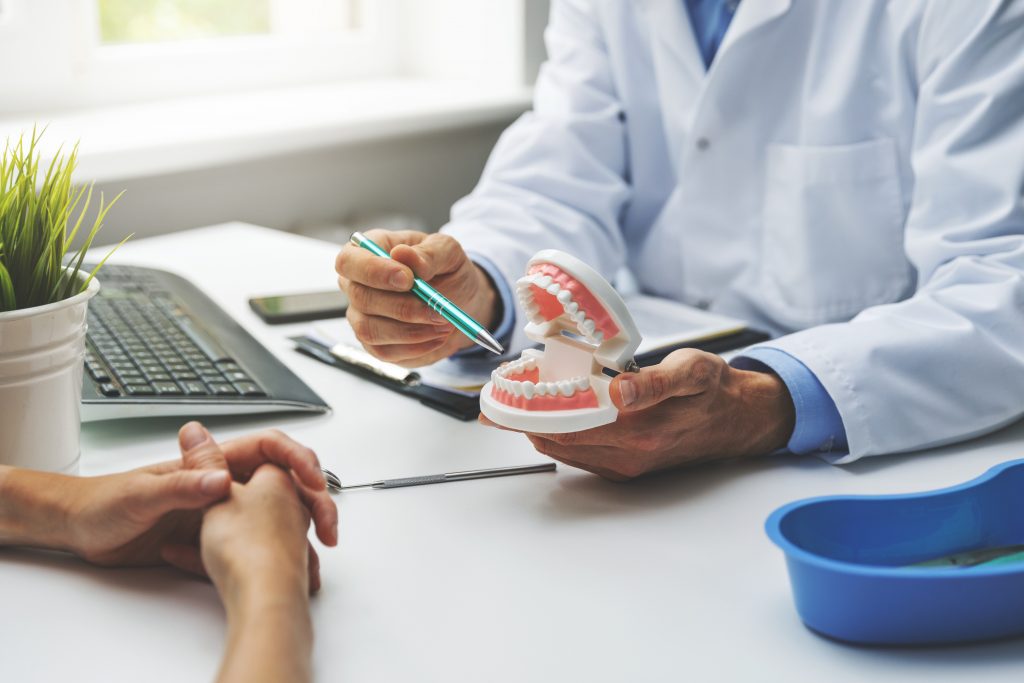Bone Grafting in Cincinnati OH
Celebrating over 90 Years of Creating lifelong relationships with our patients and their families.
If you are considering getting dental implants, you are already on the road to restoring your smile. Since dental implants are surgically placed and inserted into the jawbone, one of the questions our Cincinnati patients ask is whether or not they will need a bone graft prior to the procedure.
Bone augmentation can be performed multiple ways, but the purpose of the procedure is to augment or build bone so that your jawbone becomes denser and stronger. Here are some frequently asked questions about bone grafting for dental implants.
When is bone grafting necessary for dental implants?
If you have lost bone density, your jawbone may no longer be thick enough for an implant. When replacing your teeth with dental implants, a dentist will be surgically placing a small titanium post under your gums and securing it to your jawbone. As such, your jawbone must be dense enough to support the post. Think of it in the same way as if you were building a piece of furniture. The wood you were using would need to be thick enough for the screw. Otherwise, it would not be able to screw in all the way. A bone grafting procedure can increase the density of your jawbone so that the titanium post is a perfect fit.

Preparing for Dental Implants
If you have questions about bone augmentation before having dental implants placed, please call us to schedule a consultation with Dr. Peck.
Why does the jawbone lose density in the first place?
This is typically due to resorption. Within the first year of tooth loss you can lose up to 25 percent of your bone density in that particular area. It only continues from there. That is because teeth and roots provide stimulation to the jawbone and that stimulation is a signal to the brain that your jaw is serving its primary purpose. When teeth fall out, that stimulation is reduced or eliminated completely. As a result, the body begins to leach calcium from the jaw for use elsewhere. If you know that you are going to lose a tooth, do not hesitate to schedule an appointment since there are certain procedures that can prevent or limit the amount of resorption.
Other reasons for a loss of bone density is periodontal (gum) disease, developmental defect, injury or decay and infections. Visiting the dentist on a regular basis for preventative care can help to reduce these risks.

What happens before the procedure?
Images will need to be taken of your bone so that Dr. Peck can create a plan for how to augment it. This is typically done using a CT scan. Additionally, you will need to decide whether you want to use processed bone or have bone taken from somewhere else in your body.
Your own bone can be used, or processed bone may be used. Additionally, there are some newer technologies that may not require bone at all but can work to actually transform cells into bone. However, this is new technology and may not work for everyone.
What is the bone grafting procedure like?
Most likely you will be put to sleep for this procedure. No matter what, the area will be numbed with anesthesia. This applies to your gums and to any area from which bone is being removed. Next, an incision will be made in your gum tissue and a flap created so that your bone is visible. This allows the surgeon to identify exactly how much bone needs to be placed there. If bone is being taken from somewhere else, an incision will be made so that the bone can be extracted at this time. Grafting material will be placed where the bone once was and that area will be stitched up. Next, the new bone will be anchored to your jawbone using a titanium screw. Other grafting material may be used to surround that new block of bone. Some surgeons may also place membrane material around the bone graft. Afterward, the area will be closed and sutured.


Function AND Beauty
Schedule an appointment to visit Dr. Fred Peck today! You will be delighted with the level of patient care that you receive along with the stunning results.
What is the recovery time and how will I feel afterwards?
Immediately following your bone grafting procedure you will be very sore. To combat this, you will want to take ibuprofen and use ice packs for fifteen minutes at a time. You will also be given antibiotics to take and want to use an antibacterial mouthwash to prevent an infection. It is essential that you keep pressure off of the area and are careful with what you eat for several weeks.
For the process to be complete it takes several months, usually six to nine. This is because your body will either be building new bone around the grafting material or fusing your jawbone with the bone that was added from somewhere else in your body. Naturally this is a slower process but once complete, your dental implants can be placed and they should be far more secure as a result.

Always a good experience. Very friendly staff. Dr. Peck is by far the best. He is very particular about his work. Other dentist I have been to only cared about functionality. If you have lost your smile, this is the place to get it back.
– Rhonda T.
Contact Us
This is a highly specialized procedure that is only performed by certain dentists, like Dr. Peck. This is why you might visit one dentist for a bone grafting procedure, and another for dental implants. Luckily, we do both here at our office in Cincinnati, OH. Please contact us to schedule a consultation. We’ll answer all your questions and lay out a plan of treatment to restore your dental health.
What makes us different?
Dr. Fred Peck and his team are perfectionists when it comes to your smile.
A tradition of Dental Excellence
